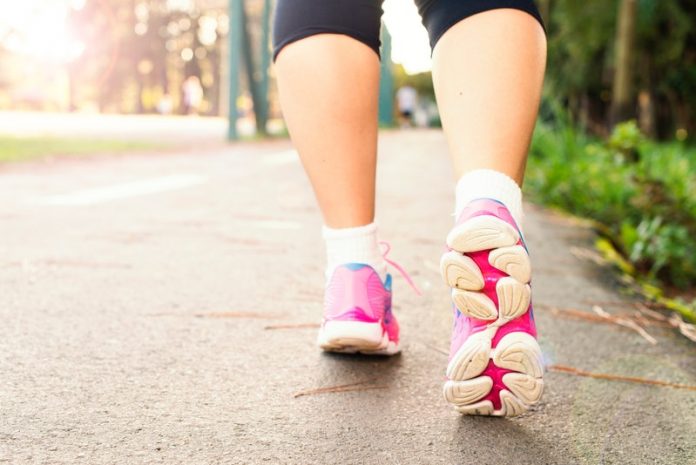
In a new study, researchers found older women who get light exercise, like a daily walk, may lower their risk of hip fracture.
The research was conducted by a team at the State University of New York at Buffalo.
Previous studies have linked regular exercise to a lower risk of hip fracture—a potentially disabling or even fatal injury for older adults.
According to the U.S. Centers for Disease Control and Prevention, each year, more than 300,000 people in the U.S. aged 65 or older are hospitalized for a broken hip.
In the study, the team examined more than 77,000 older U.S. women between 50 and 79 to see what types of exercise are related to the risk of hip fracture and other bone breaks.
They found that women who regularly exercised at any intensity—from walking to doing yard work, to jogging—had a lower risk of hip fracture over 14 years than inactive women.
For example, women who regularly got moderate to vigorous exercises, such as brisk walking or jogging, had a 12% lower risk of hip fracture than those who were less active.
There was also a link between “mild activity”—like slow dancing, bowling or golfing—and lower hip fracture risk.
And the more often women walked, at any speed, the lower their risk of a broken hip.
This suggests that even light activity is enough to curb the risk of these serious injuries.
The findings support longstanding recommendations for people to fit physical activity into their daily routines.
Researchers say although lower-impact activities do not have a big effect on bone density, they may improve muscle strength in the lower body, balance, and agility.
Future work will see whether starting exercise at an older age reduces hip fracture risk.
Besides exercise, older adults can take other steps to reduce their hip fracture risk.
They include getting bone mass measurements as recommended by your doctor and following a healthy diet with adequate amounts of calcium and vitamin D.
The lead author of the study is Michael LaMonte, a research associate professor at the State University of New York at Buffalo.
The study is published in JAMA Network Open.
Copyright © 2019 Knowridge Science Report. All rights reserved.



